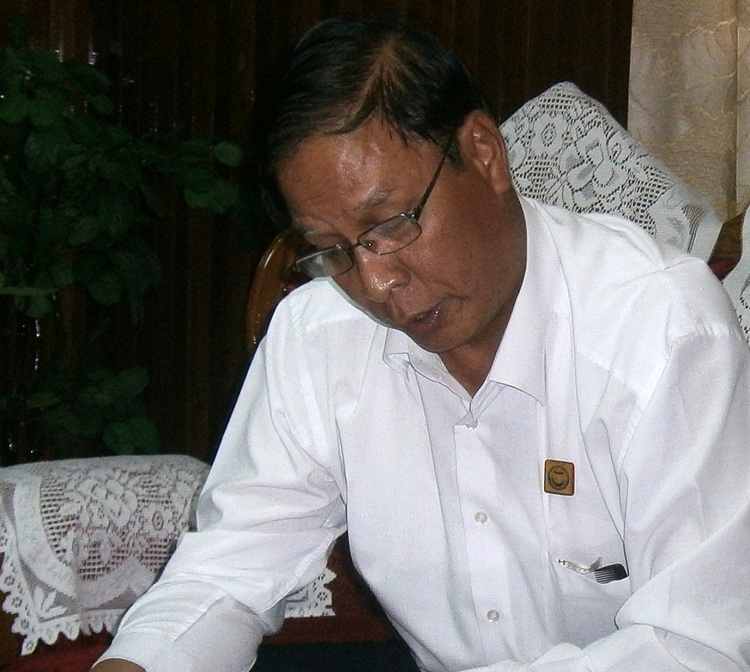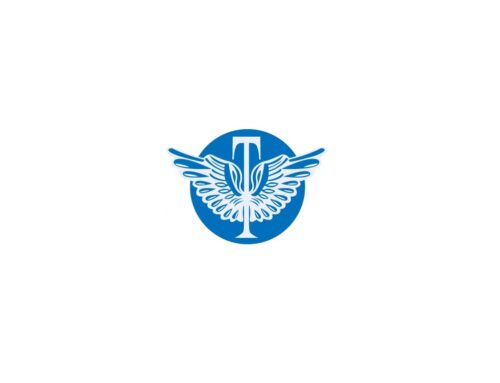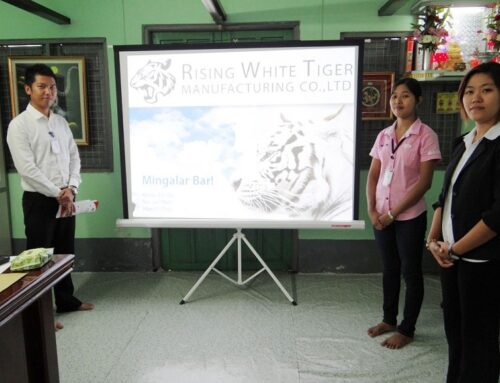
U Cho Than Maung, former Managing Director, Myanmar Port Authority, discusses Myanmar’s goals for its ports.
European Times: Can you provide us with an introduction to the Myanma Port Authority (MPA)?
U Cho Than Maung: Although our history dates back to the mid 1800s, MPA as it exists today was officially established in 1989. Our mandate is to manage all ports in Myanmar, and these are divided into two categories: Yangon Port and the eight other coastal ports. These are Sittway, Kyakphu and Thandwe (under the control of the Rakhine State port officer), Pathein (under the control of the Ayeyarwaddy Division port officer), Mawlamyine (under the control of the Mon State port officer), Dawei, Meik and Kyakthaung (under the control of the Tanintharri Division port officer). Of these, only the ports of Sittway, Pathein and Mawlamyine can be considered international ports; the others are coastal and inland ports. Kyakthaung Port has recently become an international port handling border trade with Thailand.
European Times: What are some of MPA’s current projects?
U Cho Than Maung: One is the construction of a new terminal at Thilawa Port, which we are completing with €148.2 million in financing from Japan’s Overseas Development Agency. Our port facilities are not yet up to international standards, and we want to work closely with our development partners to upgrade our ports. We are members of the ASEAN Port Association (APA) as well as the International Association of Ports and Harbours (IAPH) for the better cooperation of the international cooperation, and we are also working with the GIZ under the Sustainable Port Development project.
European Times: Can you comment on the trade volumes at Myanmar’s ports?
U Cho Than Maung: As foreign direct investment in Myanmar picks up, we expect international trade to increase. Cargo activity at Myanmar’s ports rose by 20% to 30% between 2010 and 2013, and we believe that by 2018, we will be handling double the cargo traffic we had in 2010. After all, before the Second World War broke out, Yangon Port was known as the best port not only in Asia, but in the entire Far East. We are ready to work with our development partners and with interested investors to begin rebuilding our high-potential port system.




